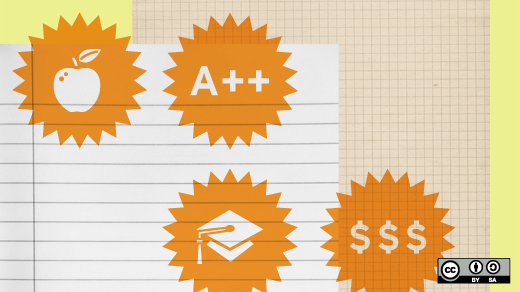In a fast-moving project like OpenStack, it seems like there's more to learn with every day that passed. There are plenty of tools out there to help you keep up, including hands-on training courses, books, and of course the official documentation. And to add to the mix, every month, Opensource.com takes a look back at recent OpenStack tips, tricks, guides, and tutorials created by the open source community that might help you in your journey.
We hope you’ll find this helpful, and if we missed a good one, please be sure to let us know in the comments!
- Rally is a benchmarking tool that can help you to understand how your OpenStack cloud is performing at scale. In this guide on how to run Rally in a Packstack environment, Martin Kopec walks you through the steps of installing Rally, setting it up to work in your environment, and running a task.
- OpenStack is an important part of the software stack for many companies, but it's not always the full picture. Perhaps you're running a PaaS layer on top, need to administer the many applications you're hosting within, or even need to leverage a public cloud for some workloads. Fortunately, tools like Ansible can be used at multiple layers; learn more in this guide to full stack automation with Ansible and OpenStack by Marcos Garcia.
- For many developers and administrators who interface with OpenStack, their entry point is Horizon, the web-based dashboard program that allows for administration virtual machines, storage, and other cloud needs without ever touching the command line. Horizon is designed to be extensible, so anyone running an OpenStack cloud can easily add access to features specific to their implementation. To learn more about how OpenStack Horizon works under the hood, we recommend this deep dive into Horizon from Cindy Lu.
- Finally this month, let's take a look at two guides for working with the open source Ceph storage system alongside OpenStack. First, Keith Tenzer shows examples of three different common use cases for integrating Ceph with OpenStack, including Cinder, Glance, and Nova for block storage, image storage, and virtual disks, respectively, along with the steps for setting up each one. Or, for a different take on using Ceph with Cinder for block storage on a Red Hat OpenStack system, check out this guide from Keith Schincke.
That's it for this month. Interested in learning more? Why not look back at our past archive of OpenStack tutorials, bringing you hundreds of the best community-created pieces of content to help you master what's going on with OpenStack from every perspective—developers, administrators, and end users alike. And let us know if you've got a tip for a great tutorial for us to include next month.







1 Comment